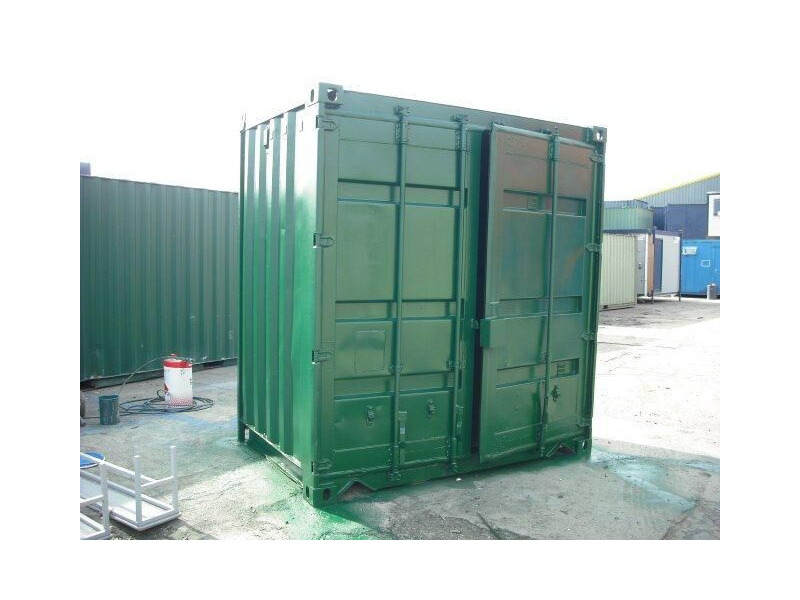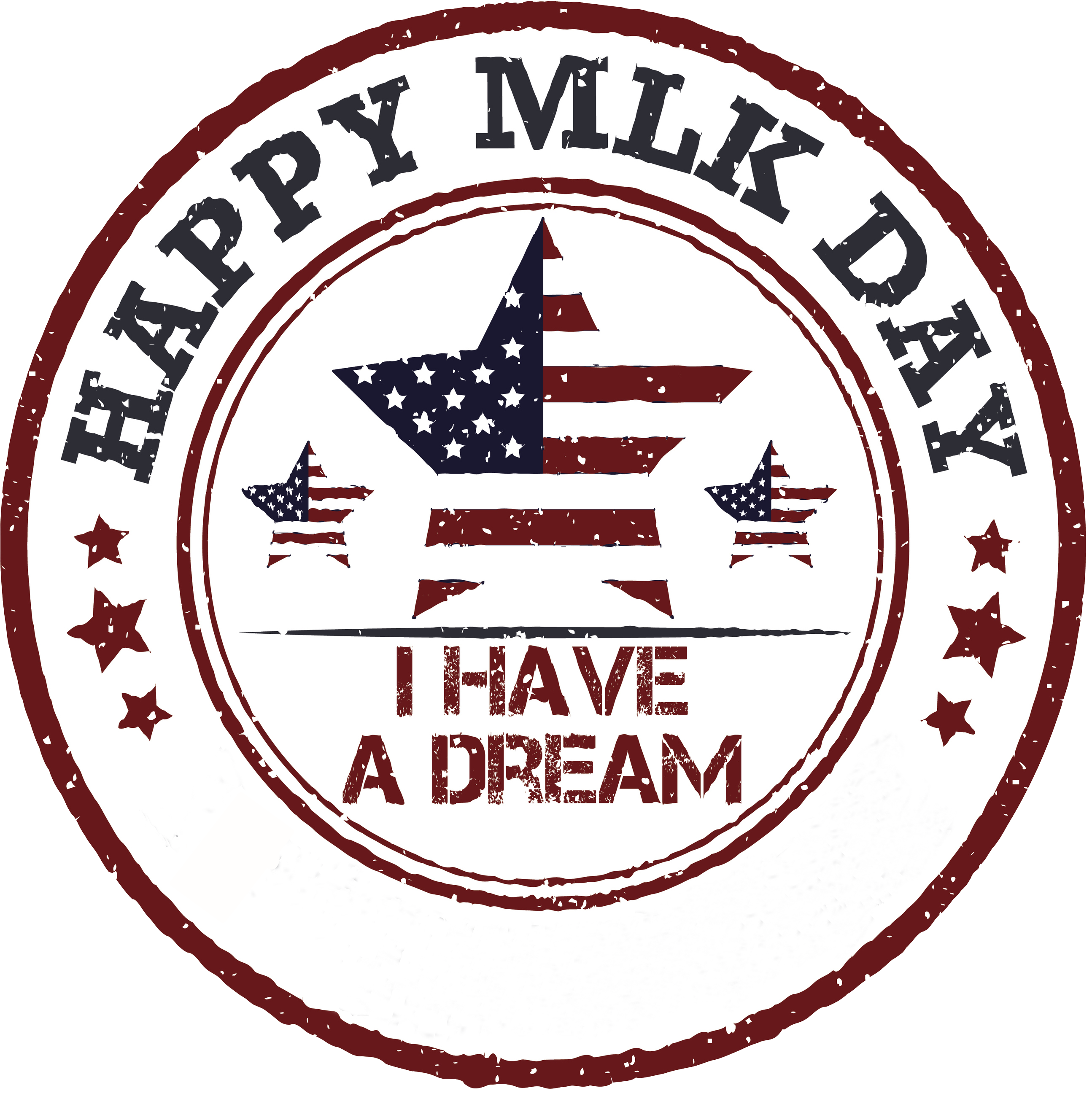

WYSIWYG is the OG of vis/drafting combo software. As defined by the people who created the protocol “MVR ( My Virtual Rig) is a file format for the bi-directional exchange of data and geometry between CAD systems, visualizers, and lighting consoles.” In my experience, it just works.Ĭurrently, only three drafting solutions support MVR, and that makes any of these three the “best” drafting software: To me, the gold standard file format is MVR or “My Virtual Rig”. Many file extensions have tried to fill this gap (DWG, OBJ, 3DS, etc) with various limitations to each. I want to be able to draft in what I like to work in and have enough export options to know that other professionals can open the file and have the same placement, scale and textures when they open my file in their software. What I think is most important is interoperability.
#Lxfree containers software#
To me, what makes a drafting solution more desirable and more “pro” isn’t just what software “everyone” is using and it isn’t how constantly they add to their inventory of lighting symbols (though that’s important). Vis software tends to be defined by how realistic it is and how fast it is to use. Visualization (or Vis) Visualization is the ability to model in three (virtual) dimensions the entire theater and set, to hang and focus all your lighting and then plug in your console to program your whole show before you show up to the gig. The default is always a three dimensional object that you adjust. Object-oriented Object oriented drafting has you selecting from a library of three dimensional objects, dragging on in and then customizing the shapes to suit your needs. Confusingly, line-based drafting software will also include object symbols- such as lighting symbols. If you also design scenery, line-based is (almost) mandatory. This is simplified, but the idea is you draw any object one line at a time. Line-based When a drafting software is line based, and you want to create a box, you click the line tool, make four lines, then select the whole square and extrude it into a three dimensional box. But first- if you are new to drafting- a few term definitions.
#Lxfree containers free#
So let’s talk through some options (not all inclusive) from top of the range to middle, ending with two free options. There are many good answers (as there are many good software options to draft in), but I feel like there are a few options I don’t see mentioned, and few discussions address that each choice of software needs to fit a person’s budget.

I see many people asking what software to use for drafting.


 0 kommentar(er)
0 kommentar(er)
